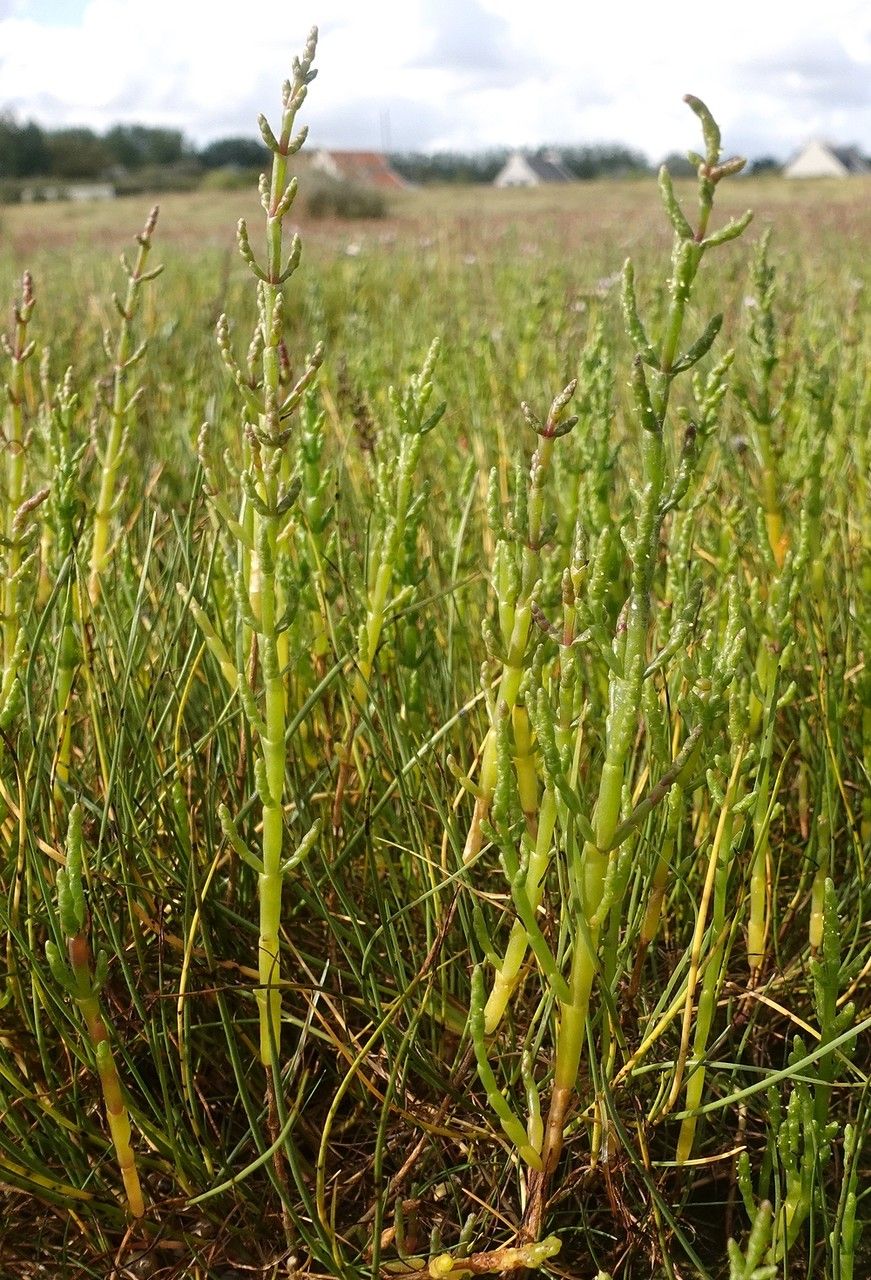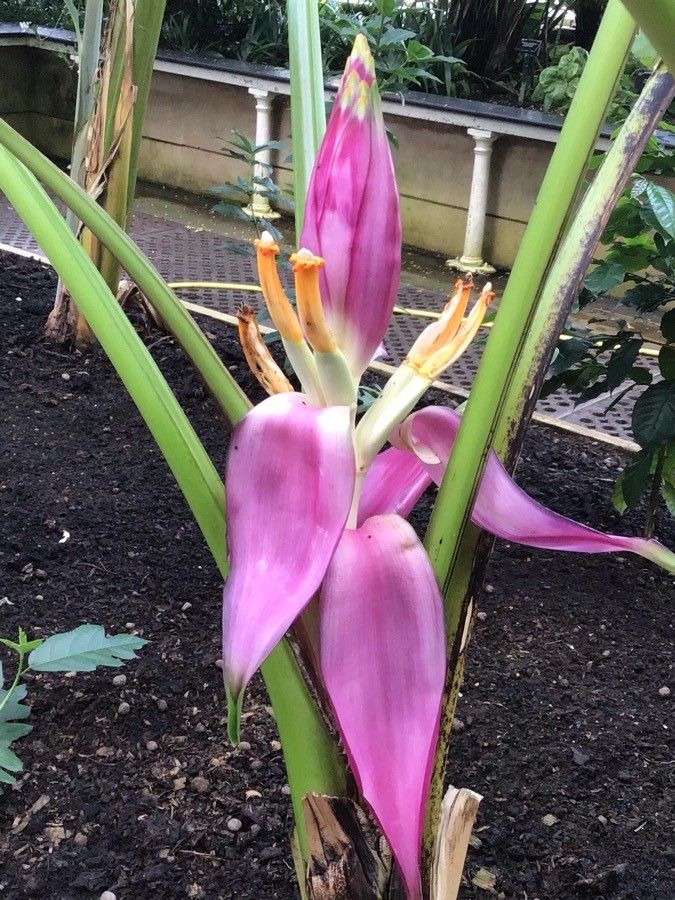## Common Glasswort: A Guide to Growing & Caring for Salicornia
Common Glasswort, scientifically known as *Salicornia europaea*, is a fascinating succulent plant belonging to the Amaranthaceae family. Also known as sea asparagus or marsh samphire, this halophyte thrives in salty environments, showcasing remarkable adaptability and a unique appearance.
### Habitat and Growth
Common Glasswort is a coastal plant, flourishing in salt marshes, estuaries, and other saline habitats worldwide. It's typically found in areas where the soil is saturated with saltwater, often forming dense mats along shorelines. These hardy plants tolerate full sun exposure and can withstand significant fluctuations in salinity and moisture levels. Their growth habit is low-lying and spreading, with fleshy, jointed stems that turn a vibrant reddish hue in the autumn.
### Appearance and Identification
Common Glasswort is easily identifiable by its succulent, cylindrical stems, which are segmented and appear jointed. These stems are initially bright green, gradually changing to reddish-brown or even purplish tones as they mature. The leaves are reduced to tiny scales, barely noticeable to the naked eye. The plant produces small, inconspicuous flowers that eventually develop into tiny seeds.
### Cultivation and Care
While thriving naturally in harsh, saline conditions, Common Glasswort can be successfully cultivated in gardens with careful planning. It requires well-drained soil that's regularly irrigated with a diluted saltwater solution. The precise salinity levels will depend on the specific cultivar; some are more tolerant of brackish water than others. Full sun exposure is ideal, and although it can tolerate some drought, consistent moisture is crucial for healthy growth. Propagation is usually done through seeds or cuttings.
### Culinary and Medicinal Uses
Common Glasswort has a long history of culinary and medicinal use. The young shoots are harvested in early spring and have a unique, salty, and slightly acidic flavor often compared to asparagus. They can be eaten raw in salads or cooked like asparagus or spinach. Historically, it has also been used in traditional medicine for its potential diuretic and cleansing properties, though more research is needed to confirm these effects.
### Ecological Importance
Common Glasswort plays a vital role in coastal ecosystems. Its dense growth provides habitat and shelter for various small invertebrates and shorebirds. Its root system helps stabilize the soil and prevent erosion, particularly in areas vulnerable to wave action and tidal fluctuations. Moreover, it is known to accumulate minerals, including sodium and magnesium, playing a part in nutrient cycling within the salt marsh environment.
### Conservation Concerns
While relatively widespread, some populations of Common Glasswort are facing threats due to habitat loss caused by coastal development, pollution, and changes in water salinity. Protecting and restoring salt marshes is crucial for the long-term survival of this remarkable plant.
### Conclusion
Common Glasswort represents a compelling example of plant adaptation to extreme environments. Its unique characteristics, culinary applications, and ecological importance make it a fascinating subject for both botanists and gardeners. With careful planning and attention to its unique requirements, you can successfully cultivate this intriguing plant and bring a touch of the coast to your garden.
Common Glasswort: A Guide to Growing & Caring for Salicornia

Frequently Asked Questions
How do I grow Common Glasswort in my garden?
Common Glasswort requires well-drained soil and regular irrigation with diluted saltwater. Full sun exposure is essential. Propagation is typically done via seeds or cuttings.
What are the benefits of eating Common Glasswort?
Common Glasswort is edible and has a unique salty flavor. Its young shoots are rich in minerals and believed to have potential health benefits, although more research is needed to confirm these properties.


